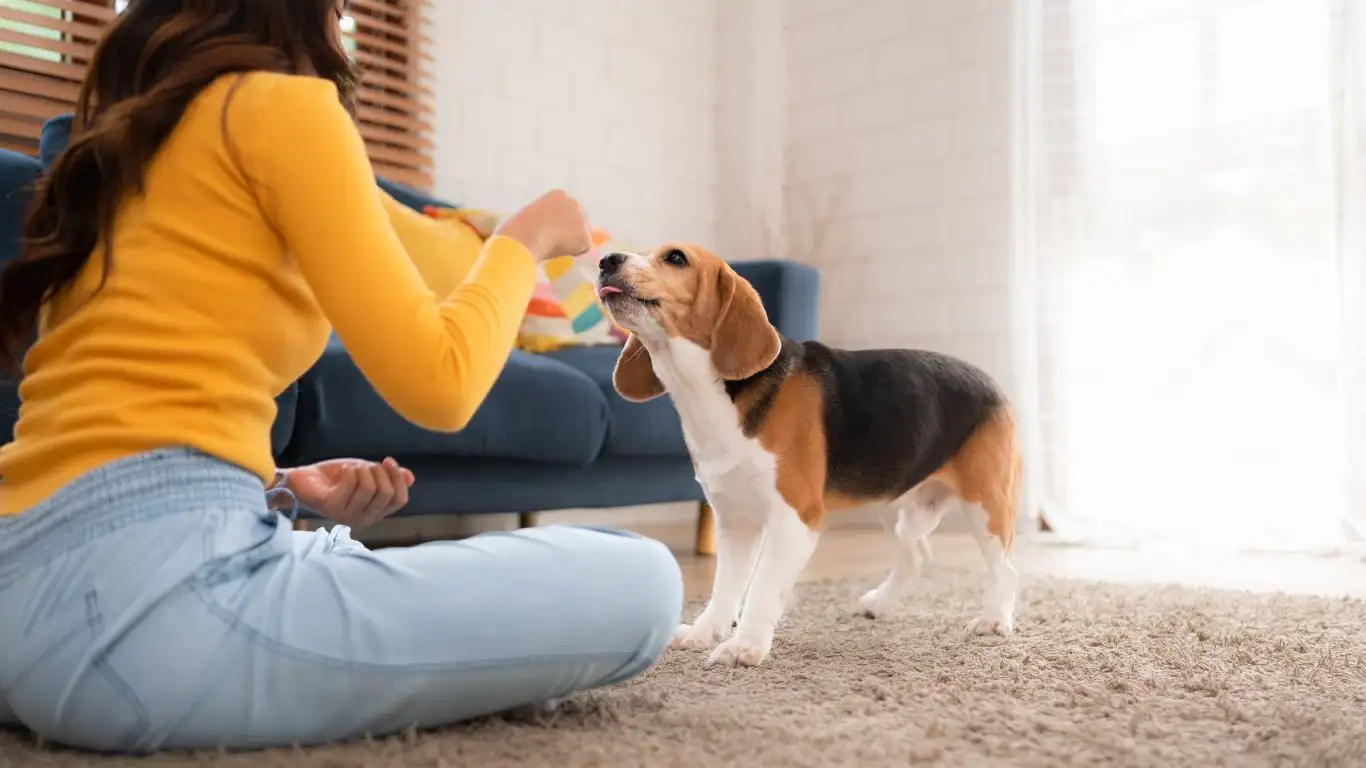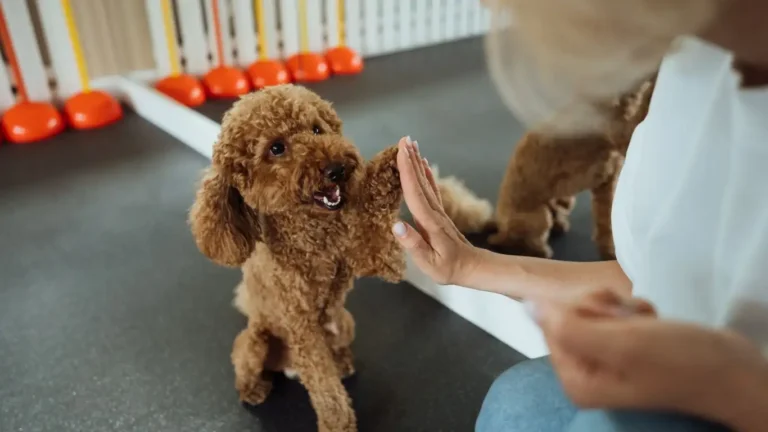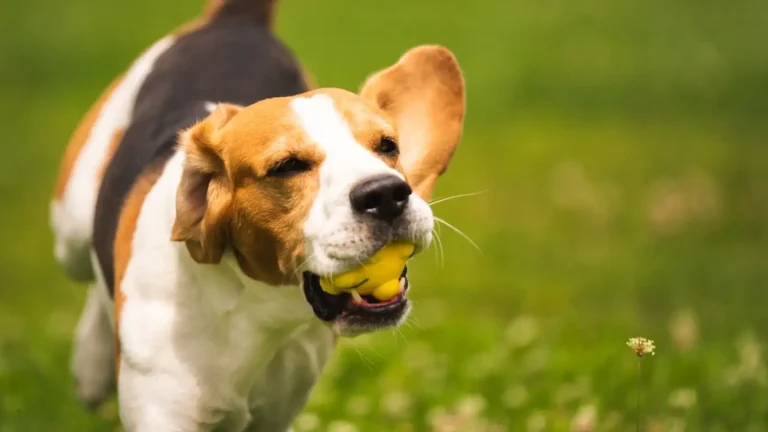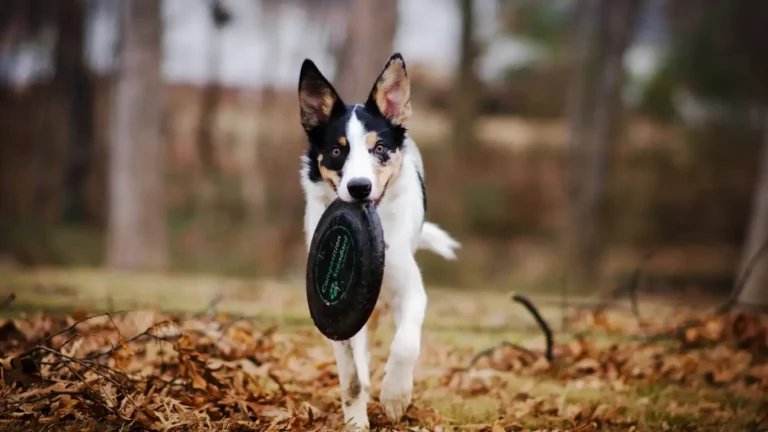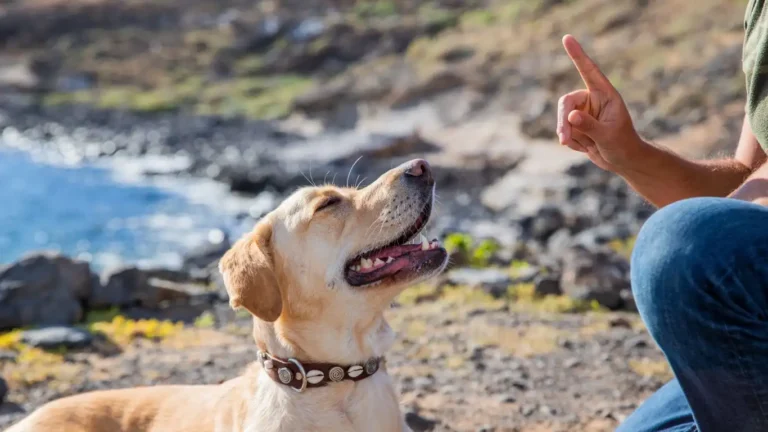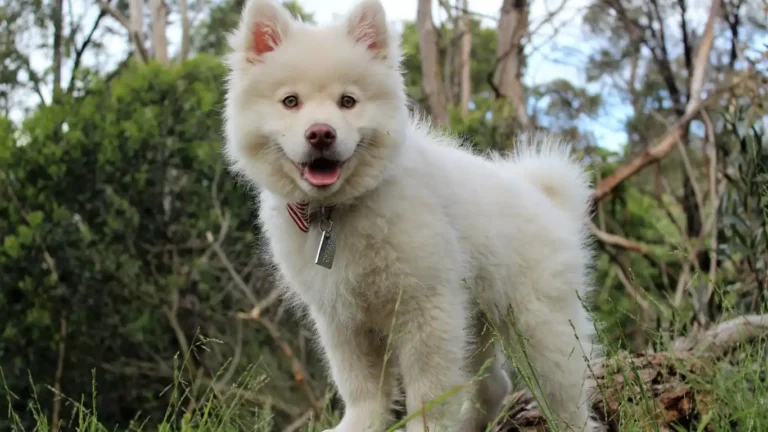Stop Dog Growling at the TV: Calm Your Pup with Easy Training
If you’re wondering how to train a dog to stop growling at the TV, you’re definitely not alone. I’ve had countless clients bring this up during our canine-assisted therapy sessions. And truthfully, it’s a more common issue than most people think. Whether it’s animated characters, doorbells ringing in commercials, or just that one squirrel in a dog food ad—something about the television gets our pups riled up. And growling? It’s not just about aggression. Often, it’s confusion, overstimulation, or even fear.
Understanding Why Dogs Growl at the TV
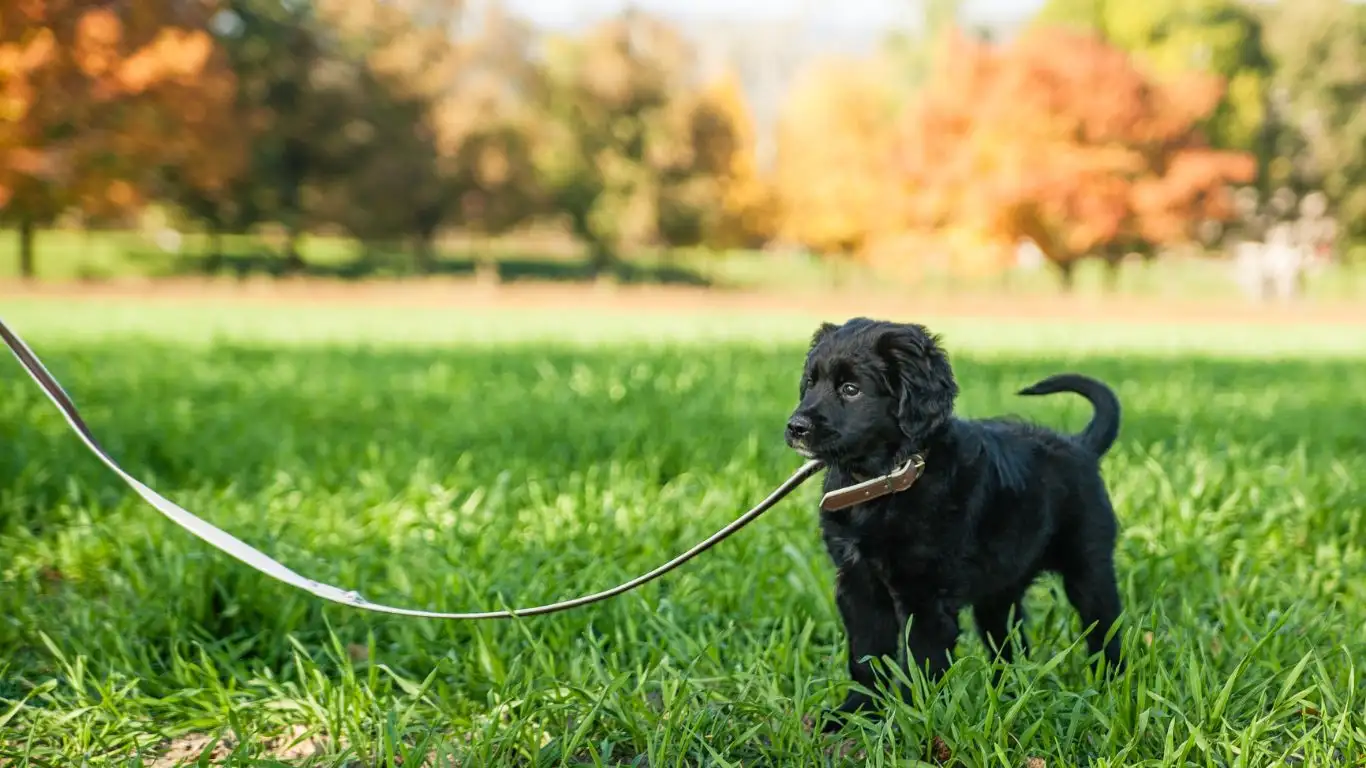
First off, before we even jump into training techniques, let’s understand what’s going on here. Dogs don’t experience visual media the same way we do. They process images faster, which means what looks like a smooth video to us can seem like a flickering strobe light to them. Pair that with unpredictable sounds, animal noises, or visual movement, and it’s a recipe for sensory overload.
In my experience, a lot of pups growl because they’re unsure whether what they’re seeing is real. One of my therapy dogs, Baxter, used to lose it every time a doorbell rang on TV—he thought someone was actually at the door. When we’re working with dogs like Baxter, it’s crucial to meet them where they are emotionally, rather than just trying to suppress the behavior with a harsh “No.”
Common Triggers That Set Dogs Off
- Animal Sounds: Barking, growling, or meowing on TV can be super triggering.
- Fast Motion: Running, chasing, or erratic movements can cause stress or excitement.
- Unfamiliar Noises: Sirens, doorbells, or high-pitched tones.
- TV Placement: Some dogs react more when the TV is closer to their eye level.
So, if you’re seeing your dog growl at the TV, try to pinpoint what exactly is setting them off. Observation is the first step to building trust and laying the foundation for any kind of successful training.
How to Train a Dog to Stop Growling at the TV: First Steps

This isn’t a “one size fits all” situation. I always tell pet parents during therapy prep sessions—our dogs have their own personalities, just like people. What works for one won’t always work for another. That said, here are a few core steps that help in most cases, especially in early-stage training:
- Desensitize Slowly: Start with the TV on mute and observe your dog’s body language. No reaction? Awesome. Now slowly add volume in tiny increments over a few days.
- Use Positive Reinforcement: This one’s huge. Every time your pup remains calm, give them a treat or praise. My go-to is a high-value treat—think freeze-dried liver or a bit of string cheese. You want your dog to associate the TV with good vibes only.
- Redirect Their Focus: Keep their favorite toy nearby. If you know a trigger scene is coming (like barking dogs in a commercial), toss the toy before your pup even notices the screen. This teaches them to focus elsewhere when those sounds pop up.
- Establish a Safe Viewing Distance: Don’t let them sit too close. Sometimes, just scooting their dog bed a few feet back can make a big difference.
Training Tip from the Field
I once worked with a Golden Retriever named Molly who barked and growled anytime a cartoon animal appeared on screen—especially a certain purple dinosaur. We started with 10 seconds of exposure on mute, followed by her favorite treat, then slowly increased the time. By week three, she was lounging during TV time like a champ. Patience and consistency really are magic here.
Setting Up a Calm TV Environment
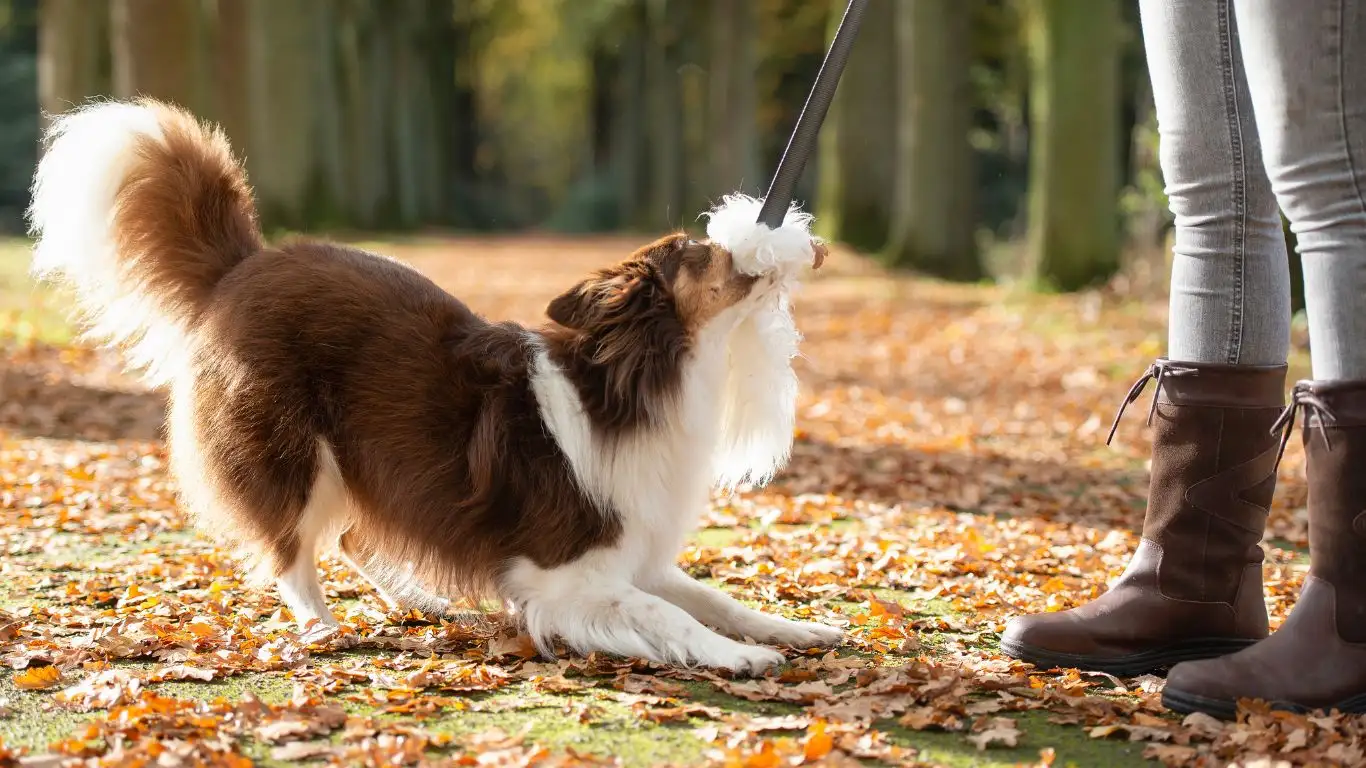
If your living room feels like a battleground during movie night, it might be time to tweak the environment itself. Training isn’t just about commands—it’s also about creating a space where your dog feels safe and secure.
Environment Hacks
- Lower the volume: Most dogs don’t love sudden, loud sounds.
- Keep the lights on: A brightly lit room helps reduce contrast, which can lower stress.
- Play white noise: A fan or calming music can help mask TV noise and ease tension.
- Remove access to remote-control triggers: If your dog flips out at certain ads or sounds, try watching pre-recorded shows you can control easily.
Making these simple changes can really set the stage for more successful training sessions. And from my hands-on experience, dogs are way more responsive when they feel safe and calm from the get-go.
Building a Solid Routine Around TV Time
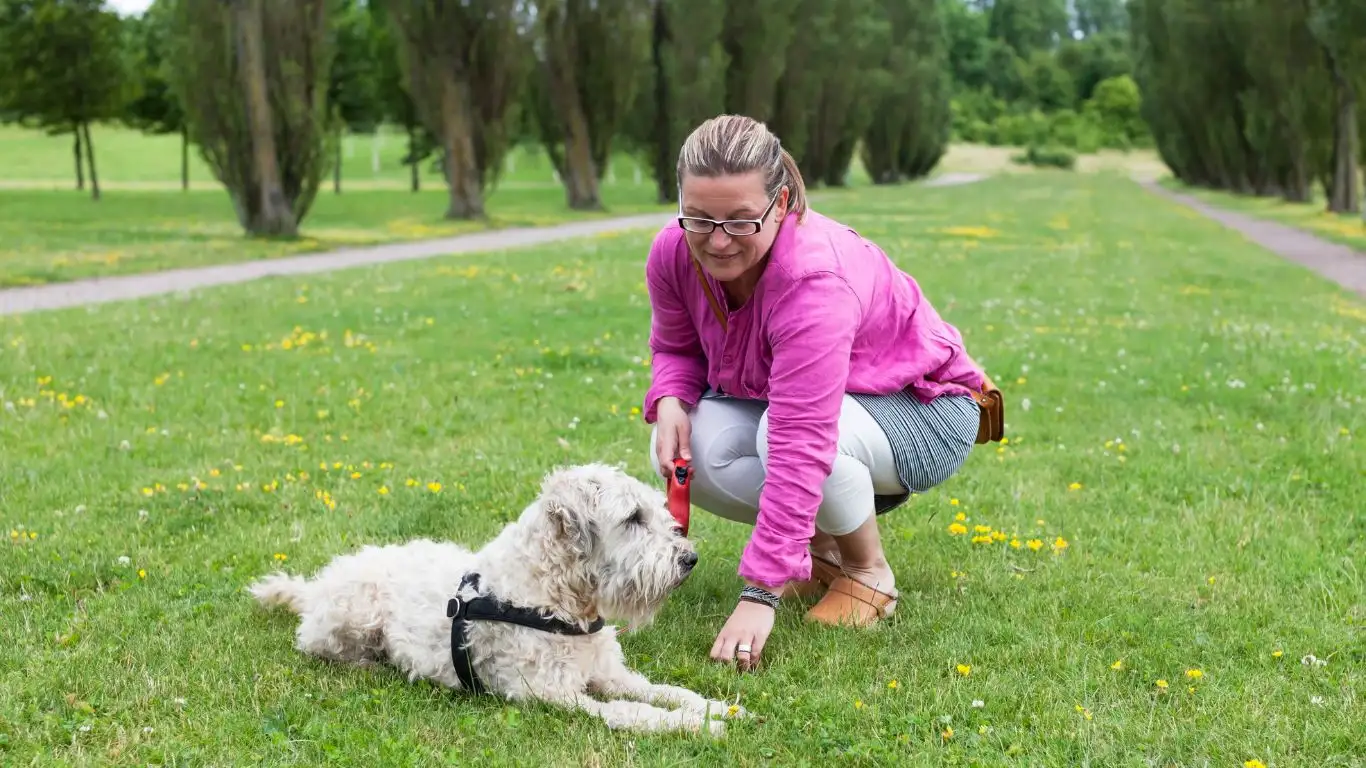
Now that we’ve laid the groundwork, let’s talk about the power of routines. Dogs thrive on predictability—it gives them a sense of security and control. When working with pups that growl at the TV, one of the most effective things I’ve done (both as a trainer and in my own home) is create a consistent routine around screen time.
Think of it like this: if your dog knows what to expect when the TV turns on, the novelty—and the anxiety—starts to wear off. For example, I had a reactive Husky mix named Theo who would snarl like clockwork every time sports commentary blared. We started turning on the TV at the same time every evening, dimmed the lights, gave him a stuffed Kong, and kept the volume on low. Eventually, that routine became his wind-down time, not a trigger fest.
Routine Ideas to Try
- Pre-TV Treat Time: Give your dog a chew or puzzle toy just before turning the TV on. This shifts their focus right off the bat.
- TV Equals Chill Zone: Use a consistent mat or bed in a cozy spot they associate with relaxing—not reacting.
- Stay Calm Yourself: Dogs mirror our energy. If you act stressed or irritated when they growl, they pick up on that. Keep your energy soft and calm.
Reinforcing Calm Behavior Without Overcorrecting
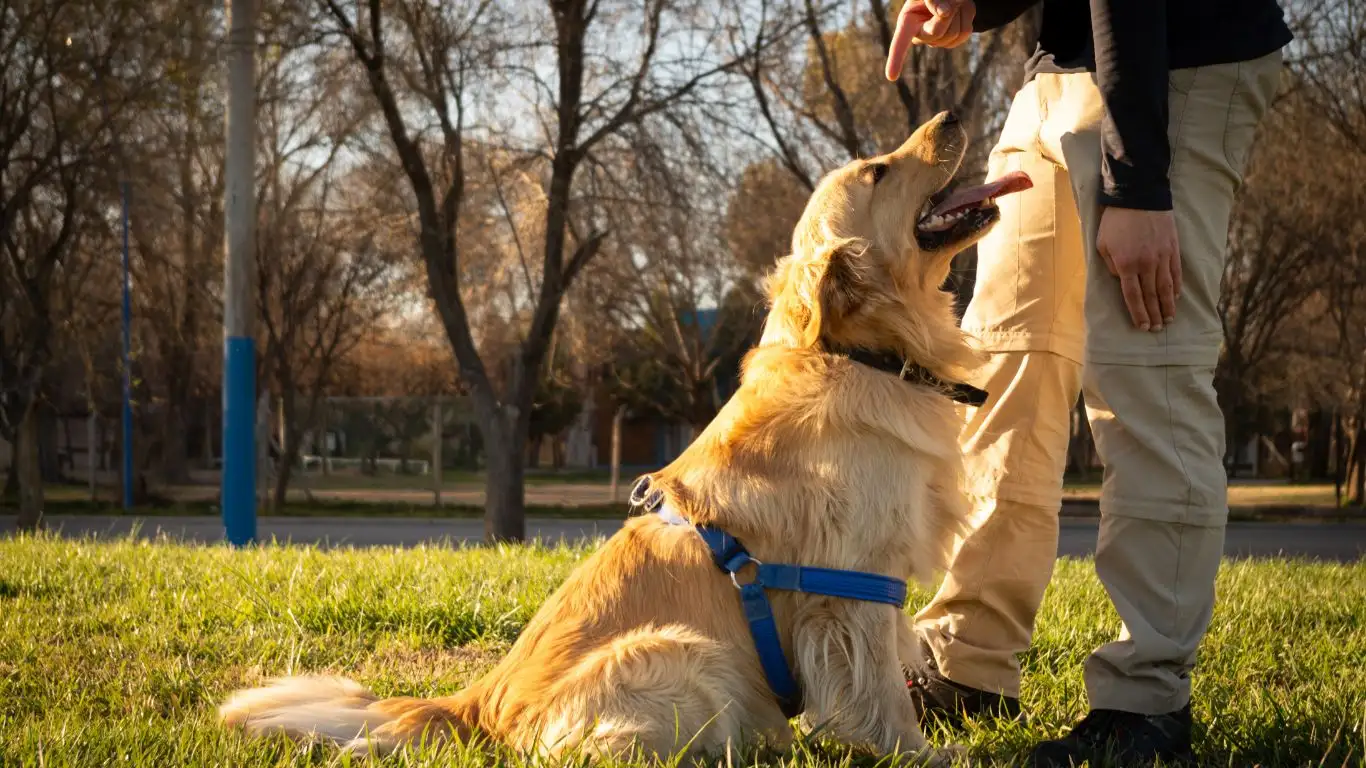
This part’s important. When we’re trying to train a dog to stop growling at the TV, it’s super tempting to shout “No!” every time it happens. But from a behavioral standpoint, that can backfire. Your dog might not understand *what* they’re being corrected for—or worse, they could start associating the TV with punishment.
I like to use what I call the “reward the calm” method. Instead of focusing on punishing the growling, I pay really close attention to those moments where they choose *not* to react. Even a quick glance at the TV followed by a yawn or looking away is worth rewarding. It’s those micro-moments that matter in dog training.
What You Can Do Instead
- Mark the calm: Use a clicker or say “Yes!” when your dog ignores a trigger and stays relaxed.
- Immediate reward: Drop a treat right at their feet so they learn that *not* reacting = reward.
- Ignore the growl: Unless it’s escalating, don’t make it a big deal. Sometimes giving it attention just reinforces it.
I had a Lab named Charlie in one of my therapy prep groups who used to bark and growl during every cartoon commercial. Once we started rewarding him for the quiet moments instead of correcting the noisy ones, the growling tapered off completely within two weeks.
Involving the Whole Household in Training
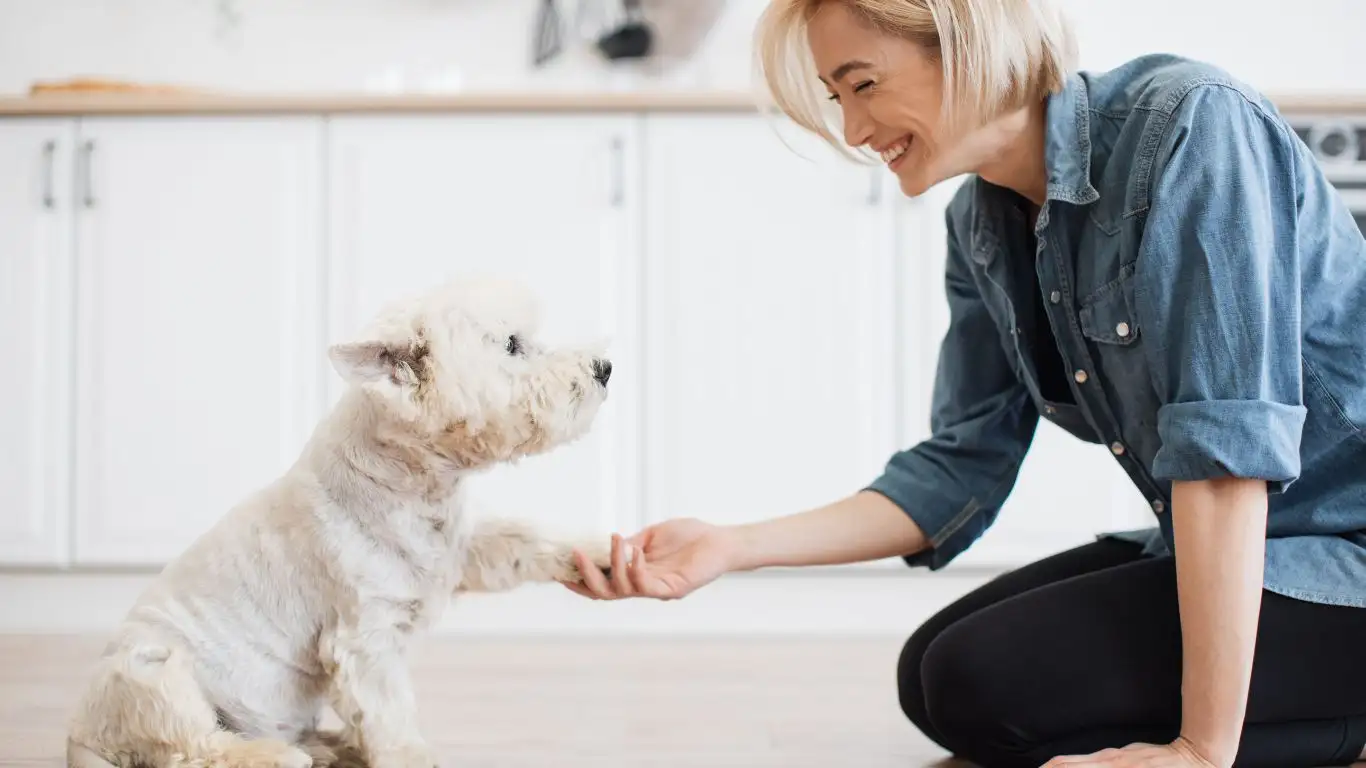
One thing I always emphasize to families is this—consistency isn’t just about you. Everyone in the household needs to be on the same page. Nothing undoes progress faster than mixed signals. If one person ignores the growling while another shouts, your dog’s gonna be left confused and anxious.
Get everyone involved! Training doesn’t have to be stiff or formal. Turn it into a game. Set little goals for the week, like “No barking during one full episode of a show” and celebrate those wins together.
Tips for Team Effort
- Use the same cues: Everyone should use the same word for praise and redirection.
- Share progress: Keep a shared note or chart of how your dog is doing. It helps everyone stay invested.
- Rotate roles: Take turns being the reward-giver or redirector. That way your dog doesn’t just respond to one person.
In one session, I worked with a family with three kids and a hyper-reactive terrier named Luna. When the youngest started taking part in treat delivery and calming commands, Luna became way more responsive. Dogs aren’t just listening to words—they’re watching *everything* we do, and they feel safer when routines are shared and predictable.
When It Might Be More Than Just the TV
Here’s something that gets overlooked: sometimes that growling isn’t just about what’s on the screen—it’s a sign of something deeper going on. If your dog’s been more reactive lately, pay attention to the bigger picture. Could be stress, a shift in household dynamics, or even pain or discomfort.
I once had a Beagle client named Archie who suddenly started growling during game shows. Turns out, he was dealing with an ear infection and the high-pitched sounds were bothering him more than usual. Once that got cleared up, the growling went away too.
Signs There Might Be More to It
- Growling happens outside of TV time too
- New behaviors like hiding, pacing, or avoiding the room
- Physical symptoms—scratching, shaking head, restlessness
If you’re seeing any of those red flags, a quick vet visit is always a smart move. Rule out health stuff first, then move forward with training from there.
Using Enrichment to Curb TV Reactivity
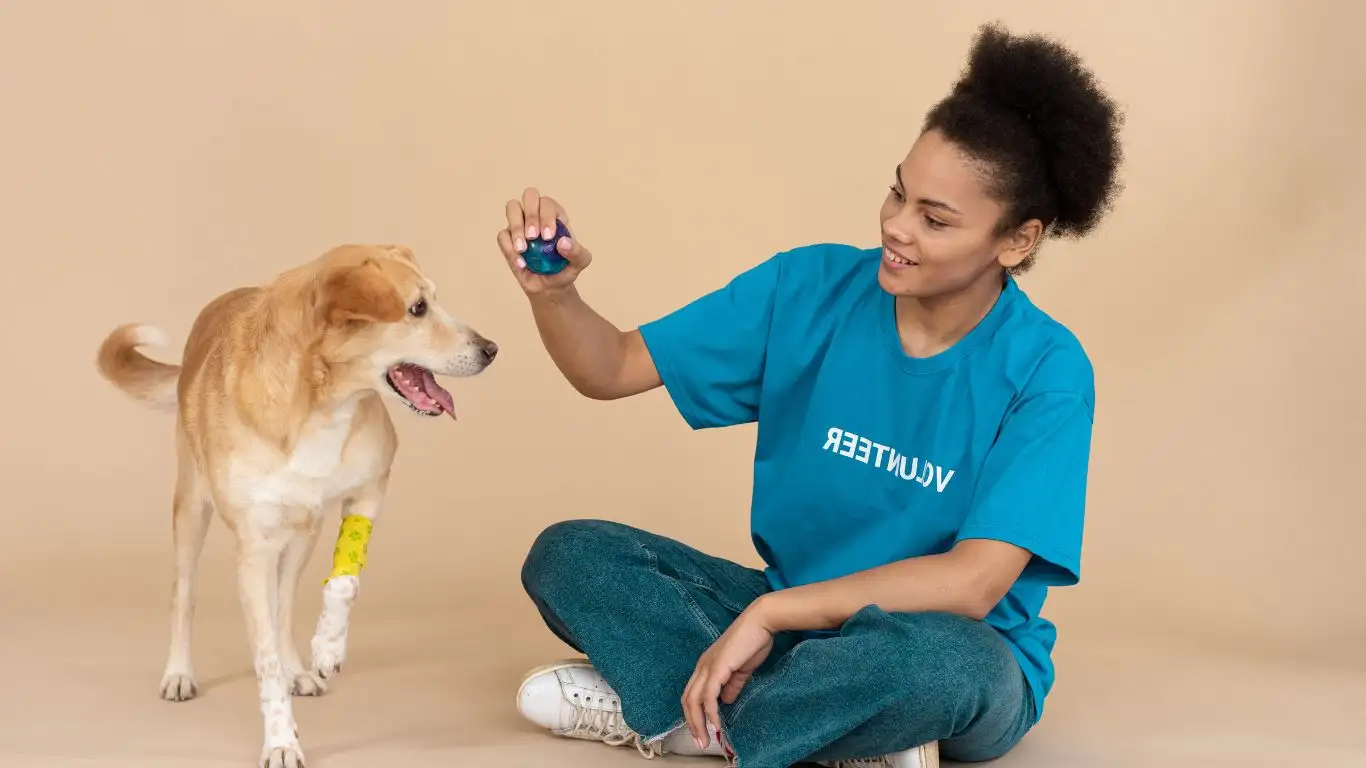
Alright, now let’s talk enrichment—aka the secret sauce in reducing reactivity and helping your dog feel more fulfilled. One of the best ways to teach your dog how to stop growling at the TV is to make sure their mind and body are stimulated outside of screen time. You’d be surprised how much excess energy fuels unwanted behaviors like barking, pacing, or growling at the screen.
Back when I was working with a super smart Border Collie mix named Max, he’d go ballistic during action scenes. Turns out, he was just bored out of his mind. Once we introduced daily nose work games and food puzzles into his routine, his focus shifted away from the TV and toward more productive mental tasks.
Enrichment Activities That Help Calm the Mind
- Snuffle mats: Great for mentally tiring out dogs while engaging their natural foraging instincts.
- Frozen Kongs or licky mats: Distract during TV time and create positive associations with the environment.
- Interactive toys: Think puzzle feeders or treat-dispensing toys—they work wonders.
- Short, focused training sessions: Five minutes of “place” or “leave it” practice can be more effective than an hour-long walk.
These types of activities not only help reduce reactivity, they also build confidence. And a confident dog is way less likely to see the TV as something threatening or worth growling at.
When Professional Help Makes Sense
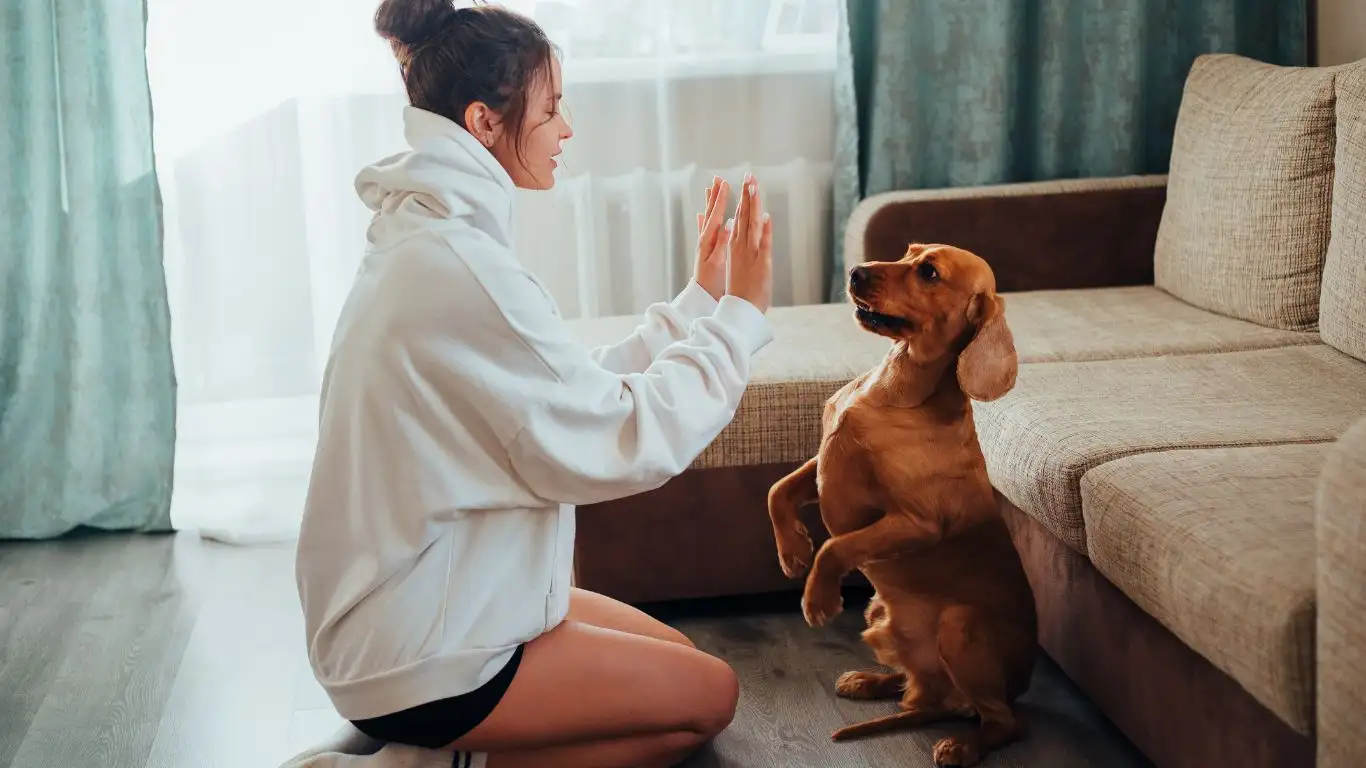
If you’ve tried the techniques and still feel stuck, there’s absolutely no shame in bringing in a pro. Honestly, as a Canine-Assisted Therapy Trainer, I’ve seen so many cases where a fresh perspective changed everything. Sometimes we’re just too close to the problem to spot what’s going wrong.
Certified trainers—especially those with a background in behavior—can customize a plan specific to your dog’s triggers. We can assess subtle body language cues and intervene before a growl even happens. That kind of insight can take months off your training timeline.
What to Look for in a Trainer or Behaviorist
- Certifications: Look for CPDT-KA, IAABC, or Fear-Free certified pros.
- Positive methods: Avoid anyone promoting harsh corrections. You want someone who focuses on rewards, trust-building, and communication.
- Experience with reactivity: TV growling might seem specific, but it’s a form of reactivity. Make sure your trainer knows how to handle it.
I remember working with a senior rescue named Penny who had deep trauma associated with loud noises. She’d growl at everything from commercials to news anchors. With patience, time, and collaboration between her vet and trainer, we gradually built her confidence back up. By month three, she was curling up on the couch without a care in the world—even during car chase scenes!
Realistic Expectations and Patience
Here’s a little reality check: this isn’t going to be an overnight transformation. And that’s okay. Dogs need time to unlearn habits and build new, positive associations. If you’re consistent and patient, you’ll start to see small wins—and those really do add up over time.
Don’t forget to celebrate progress. Maybe your dog only growled twice during a 30-minute show when it used to be constant. That’s a win! Maybe they looked at the TV, then back at you for a treat. Another win. It’s these little moments that shape a calmer, more confident dog.
Tracking Your Progress
- Use a simple journal: Log what triggered the growl, how long it lasted, and what you did in response.
- Note changes in duration and intensity: Is your dog growling less often or stopping faster? Good signs!
- Celebrate the calm: Seriously—don’t just focus on the setbacks. Keep track of what’s working.
In my own work with therapy dogs, we always emphasize progress over perfection. And trust me, even the most reactive pups can learn to coexist peacefully with the TV. It just takes commitment, observation, and a lot of love.
References
Disclaimer
This article is based on professional experience and current best practices in positive dog training. It is intended for informational purposes only and does not replace advice from a certified professional or your veterinarian. Always consult with a qualified trainer or vet for individualized guidance specific to your dog’s behavior and health.
